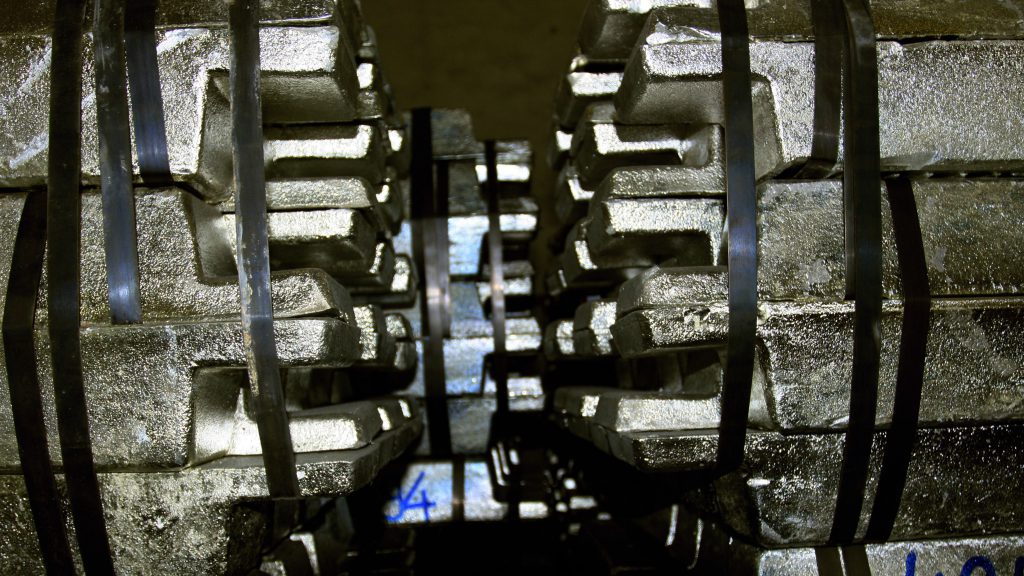
(The opinions expressed here are those of the author, Andy Home, a columnist for Reuters.)
The tin market has started the new year with a bang.
The London Metal Exchange (LME) three-month price hit $21,360 per tonne on Tuesday, the highest trade since March 2019. It is currently sitting just below there at $21,085.

True, all the LME base metals have started 2021 on the front foot in anticipation of a US stimulus package after Democrat Joe Biden’s election as president.
But tin is too small a market for many fund players, leaving it relatively cocooned from macro influences.
Rather, the jump in price reflects the covid-19 impact on tin supply, which was particularly hard hit by lockdowns in key supplier countries last year. Even with an estimated 6% downturn in demand, the global market registered a supply shortfall of 5,200 tonnes in 2020, according to the International Tin Association (ITA).
The Association predicts a full supply recovery this year but right now units are in short supply, particularly on the LME, which is experiencing another severe contraction in time-spreads.
LME-registered stocks fell by 74% to 1,860 tonnes over the course of 2020. They now stand at 1,755 tonnes with almost half awaiting physical load-out from warehouse. That leaves “live” tradeable tonnage at just 945 tonnes.
LME “shadow” inventory, meaning metal that is available for potential delivery, was a low 590 tonnes at the end of October, the exchange’s last monthly report shows. By comparison, “shadow” stocks reached almost 5,000 tonnes in March, when the covid-19 impact on Asian demand was at its most severe.
US physical tin premiums surged over the first half of December
Unsurprisingly, such low inventory cover has caused LME time-spreads to tighten.
The benchmark cash-to-three-months spread flexed out to a backwardation of $300 per tonne at the end of December, the highest cash premium since June last year. As of Wednesday’s close, the spread was still tight at $229 per tonne.
Exchange positioning reports show two entities holding cash positions equivalent to 30-40% of available stocks but that doesn’t mean much when stocks are so low and neither is big enough to trigger LME lending caps.
In other words, no-one is squeezing the market other than the market itself.
The LME tin contract has been through such stocks-spreads contractions before and tightening time-spreads normally do the trick of sucking enough metal into the system to calm things down.
This time around, it’s unclear just how much metal is available and how long it will take to find its way into LME warehouses.
LME tin squeezes often reflect no more than mismatched liquidity flows in what is one of the exchange’s less-traded contracts.
However, it’s worth noting that this particular bout of tightness in the paper market is coinciding with signs of constrained availability in the physical market.
US physical tin premiums surged over the first half of December, according to Fastmarkets, which lifted its in-warehouse-Baltimore assessment by 22% to $500-650 per tonne over LME cash.
The country is completely dependent on imports, leaving it vulnerable to ongoing covid-19 disruption to shipping, particularly container shipping. One market participant told Fastmarkets that no fresh shipments are expected until March.
Similar freight issues are compounding the movement of tin within Asian markets and between Asia and Europe.
However, beyond logistics problems tin supply is also feeling the long covid-19 effect of last year’s lockdowns, which caused global output to fall harder than demand.
China, the world’s largest producer, saw production slump in the first part of the year before bouncing back in the second half, according to the ITA.
Yet the country remained a small but consistent net importer of refined through the first 11 months of 2020. Another 1,400 tonnes in November brings the cumulative count to 12,200 tonnes, which is already the highest yearly import tally since 2012.
Indeed, prior to this year China had been a net exporter for three years after the removal of export taxes at the start of 2017.
Producers may have resumed normal service but are evidently still struggling fully to satisfy demand, which has also rebounded in line with the broader recovery in China’s manufacturing sector.
Shanghai exchange stocks at 5,475 tonnes are higher than those registered with the LME but the net change last year was a marginal rise of just 124 tonnes.
The continued inversion in trade patterns through November suggests the country is still some way from being able to fill any supply gap in the rest of the world.
That task falls primarily to Indonesia, the world’s second largest producer and the largest exporter of refined metal.
Although relatively unscathed by covid-19 lockdowns, the country’s dominant producer PT Timah reduced production and shipments in response to the tin price collapsing to $12,700 in the first quarter of 2020.
That restraint appears to have held.
Indonesian exports were 59,100 tonnes in the first 11 months of last year, down 3.6% on 2019 and the lowest equivalent count since 2016.
The current price level should be more than enough to incentivise higher Indonesian supply this year.
More broadly, the ITA forecasts global production to normalise after last year’s turbulence with producers “catering to demand”, albeit with the possibility of another smaller 2,700-tonne deficit this year.
The problem is that demand already seems to be accelerating. Global semiconductor sales, a proxy for tin use in the all-important circuit-board soldering sector, were up by 7% year-on-year in November thanks to robust consumer purchases of electronic goods during lockdowns.
There is potential flex in the supply chain. Both China’s Yunnan Tin and Malaysia’s MSC are in the process of commissioning new smelters to replace older plants, allowing for some overlap of production if the market needs it.
Right now it looks as if it will.
LME short position holders certainly need some more tin and sooner rather than later.
(Editing by Susan Fenton)
Comments